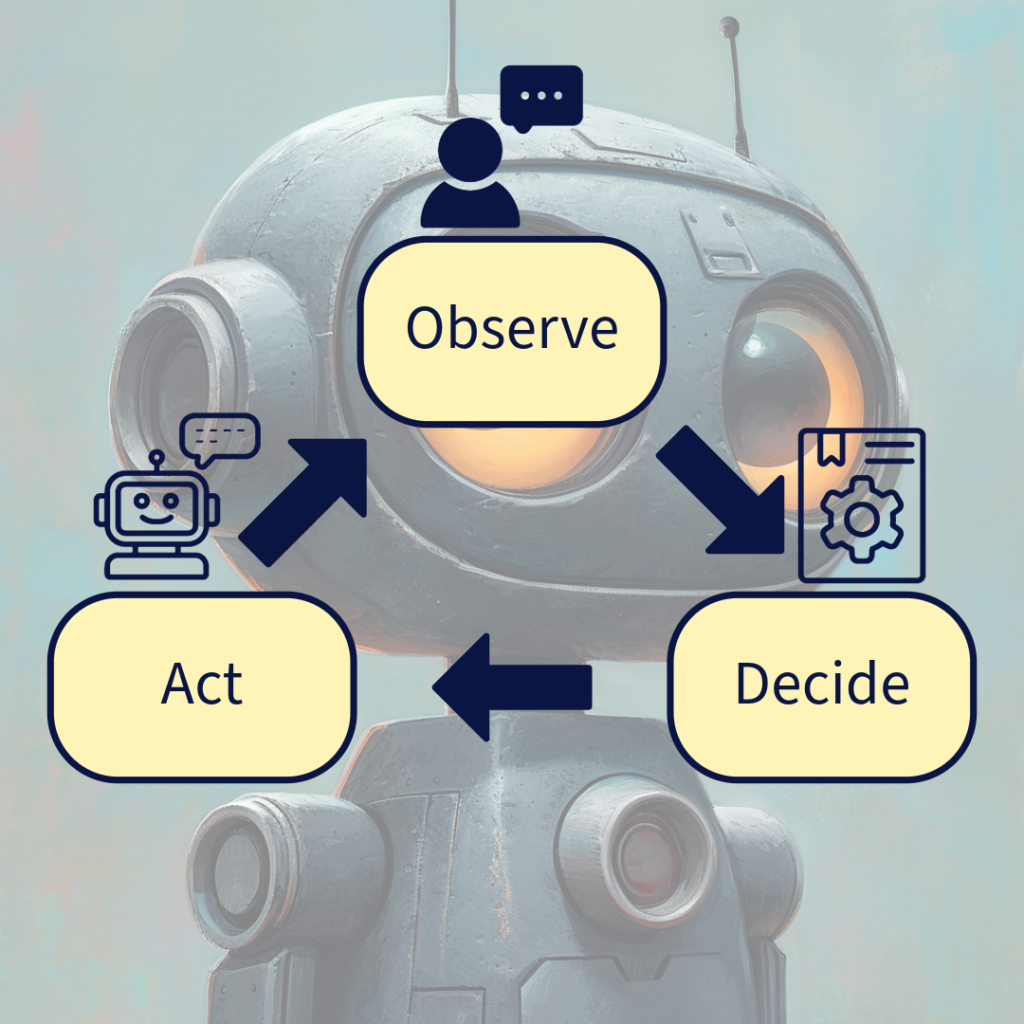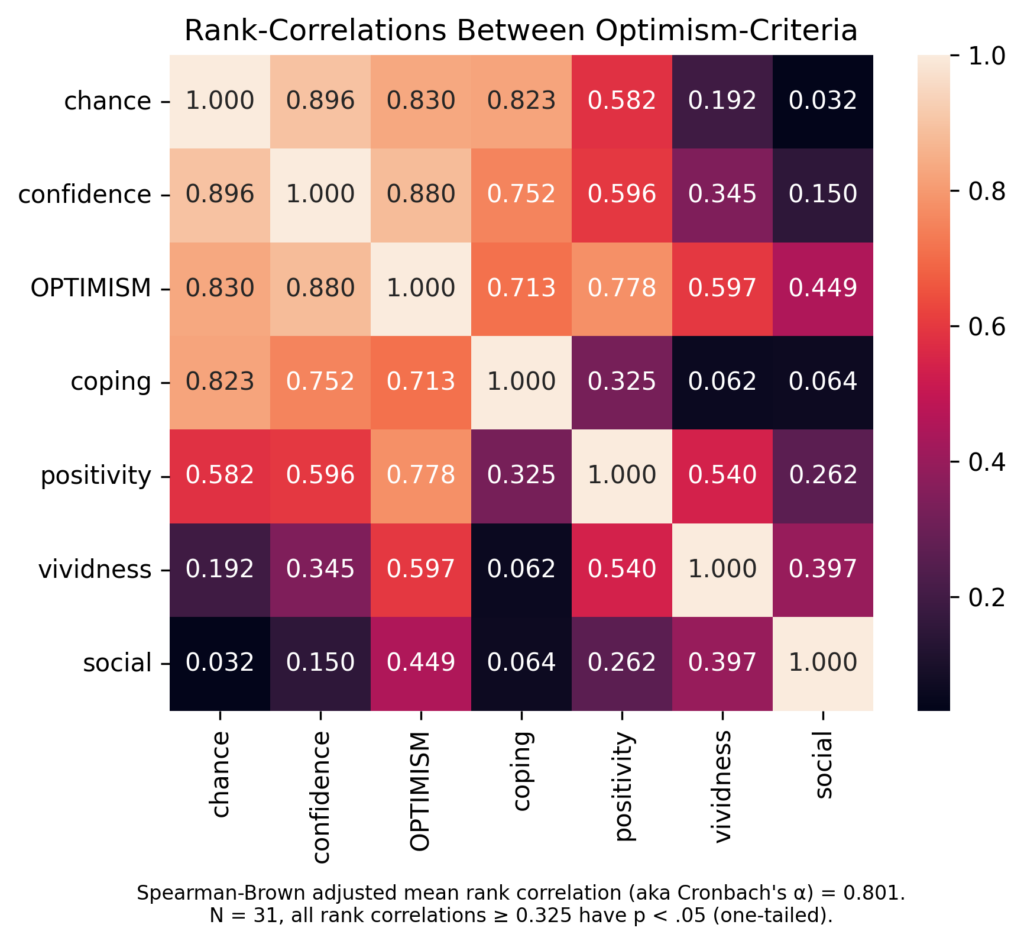STENO Interviewer Component

STENO Interviewer Component is the first software that is cabable to conduct guided semi-structured interviews synchronously and according to state of the art guidelines. STENO tooks a properly prepared interview guide and performs the interview autonomously. STENO is able to generate follow-up questions, transitions with summaries between interview topics, and a summary at the end of an interview. STENO decides on its own, according to given criteria in the interview guide, when to generate follow-up questions or when to transition to the next topic.
Logic
STENO follows an Observe-Decide-Act-cycle.
- Observe: STENO recognizes the current information given by the interviewee.
- Decide: Given on the current information, the interview guide, and the current state of the interview, STENO decides about the next step.
- Act: According to it’s decision, STENO performs an action (e.g., generating a follow-up question or a transition to the next topic) and actualizes the interview status.
Features
- Flexibility: STENO able to interview about any topic. It’s all about to give it a properly perpared interview guide about the topic you are interested in.
- Anonymity: STENO uses one-time passkeys, and pseudonyms of the interviewees. It also asks for a name of the interviewee for conversational purposes but does not document this name in the transcript. If needed, the pseudonyms could be used to assign transcripts to other data. But STENO does not have such built-in features in its own.
- Automatic transcriptions: STENO transcripts its questions as well as the answers of the interviewee automatically and timestamps these transcripts.
- Responsivity: STENO allows to pause or even to cancel a running interview by just telling it. STENO also understands many languages, but currently only is able to generate German contributions by its own.
- Documentation and human review: STENO documents its own reasonings behind decisions it made so that these could be reviewed by humans in charge.
STENO Rater Component

STENO Rater Component is a software that is able to rank, rate, and locate any given text data according to given criteria. The diagram above shows correlations of rankings from interview-transcripts about optimism. Transcripts from interviews about optimism, that were conducted by STENO Interviewer Component, were ranked according to six optimism-related criteria (chance, confidence, coping, positivity, vividnes, social). These criteria are working well together to measure a construct called Optimism as a personality characteristic. (Analyzed interview transcripts were collected in the context of the Master’s thesis of Justina Schuhknecht.)
Logic
STENO Rater Component is able to rank, to rate, and to locate.
- Ranking: Using a sorting algorithm to arrange all input texts along the dimension defined by a specific criterion.
- Rating: Based on a reference text, a decision is made as to which texts should be rated “higher” than the reference text according to a given criterion.
- Locating: A ranking of a representative standard sample of texts can be used to locate a probe text at the dimension defined by a given criterium. This technique also could be used to identify a proper reference text for a rating, e.g. the median text.
Features
- Flexibility: STENO Rater Component can be used for any kind of text of sufficient length as well as for any kind of criteria that should be applied to these texts.
- Multidimensional profiling: STENO Rater Component can be used to apply multiple criteria on a text and to generate a profile of this text according to the set of criteria.
- Documentation and human review: STENO Rater Component automatically documents its reasonings behind its decisions so that these could be reviewed by humans in charge.
Technology
STENO Suite is written in Python. Its intelligence is powered by OpenAI‘s current gpt-4o model. The interviewer component uses Gradio as the framework for the user interface.
How to Try?
If you are curious how it feels like being interviewed by STENO, please let me know via a direct message to my LinkedIn-profile or write an e-mail to info@pysmeets.ai.
